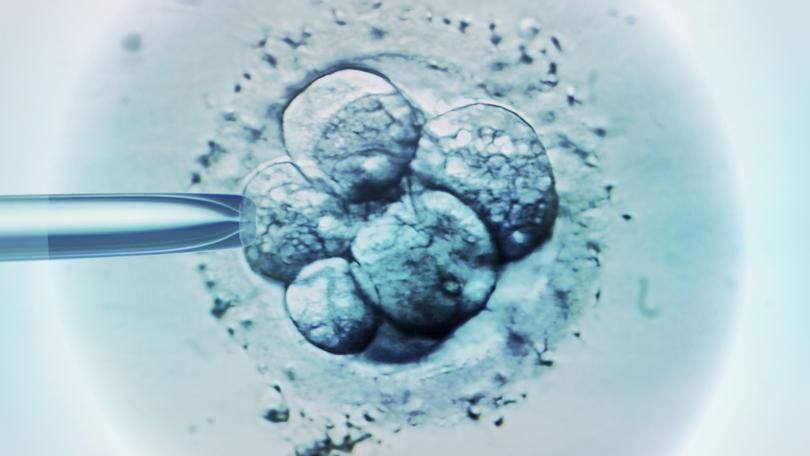National Fertility Roadmap: Fertility Society of Australia & New Zealand calls for urgent change to IVF sector

Australia needs a National Fertility Plan to fix our “patchwork” fertility sector, which is putting unnecessary complications and stress on already vulnerable patients.
A landmark review by the Fertility Society of Australia and New Zealand has found more than 40 different Commonwealth and State laws currently govern fertility care practices across the country.
The review, co-authored by former federal health minister Greg Hunt and embryologist Dr Rachel Swift, issued 34 recommendations under a 10-year National Fertility Roadmap to improve the governance, safety and efficacy, access, affordability, and research into reproductive treatments.
Sign up to The Nightly's newsletters.
Get the first look at the digital newspaper, curated daily stories and breaking headlines delivered to your inbox.
By continuing you agree to our Terms and Privacy Policy.Chief among them was the need to develop a national fertility law, a national donor registry and donor bank, as well as a national health standard for egg and sperm donation — none of which currently exist despite similar systems operating state-by-state.
“We are acutely aware that we need laws, and we do need to regulate — but 27 million people can do that with one law,” FSANZ president Dr Petra Wale told The Nightly.
“The population of Australia doesn’t require complex, state-based processes to access fertility treatment, we can have a uniform approach that has state-by-state variation as required.”
As it stands, there is no uniformity in rules regarding the limits on the number of families a donor can contribute to, or how and where records about donors and donations are kept.
Review author Rachel Swift said registries could vary state-by-state, even clinic-by-clinic, which made it difficult for would-be parents to make informed decisions when conceiving a child.
“Because the current system doesn’t speak to each other, it also means clinics are doubling up, which is increasing the costs of treatments,” Dr Swift added.
According to IVF Australia, one cycle can cost a patient upwards of $10,000 — and at least $5000 out of pocket, on average. Freezing and storing eggs and embryos costs hundreds, if not thousands, alone.
The latest annual report from the Australian and New Zealand Reproductive Database (ANZARD) found the number of initiated IVF treatments had declined 2.3 per cent in one year, falling from 109,840 in 2021 to 107,316 in 2022.
At the same time, more women were using ART to preserve their fertility — with the number of fertility preservation cycles rising 89 per cent from 2020 figures.
Dr Swift said the lack of a centralised national donor registry also made it difficult for children to know their “genetic heritage”, which was a problem both for their sense of self and knowledge ware of any hereditary conditions.
“There needs to be a single site of truth for that information that donors, families, and children can securely access.”
The review called for the Federal Government to invest $1 million to establish the registry through ANZARD, which is housed at the University of New South Wales.
It called for those funds to be contributed annually to proposed five-year funding of $4.3 million, per annum, for fertility administration— including $1.3 million per annum for ANZARD, $1 million to fund the online platform Your IVF Success, and $1 million to secure the independence of the Reproductive Technology Accreditation Committee.
She described the current fertility care system as a “patchwork of legislation and best intentions”, but said it was critical to find “uniformity so that every Australian who needs these services can benefit”.
Dr Wale is confident the review will gain widespread support from within the sector when it is presented at their annual conference on Sunday, as well as from Australians and policy-makers.
“The right to have a child is not guaranteed but it’s certainly an enduring desire that people have, and improving access and reducing barriers is a very noble approach, and it’s not particularly onerous,” she said.
“We’d like to see some of these recommendations when we discuss them with the government to be able to be moved forward quicker than others because the need is really pressing.”
The review also recommended developing education campaigns about fertility, improving financial assistance schemes to assist low-income Australians access fertility treatment, expand carrier screening programs.
It also highlighted the strong support for updating clinical practice to allow patients to consent to donate unviable or excess embryos, eggs or sperm to a National Research Bank for research and clinical training.
